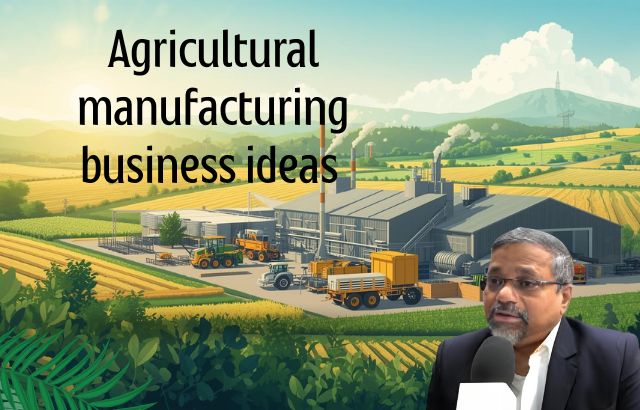Insights from Green Innovator Jaiguru Kadam
Agriculture has long been the backbone of India’s economy, providing livelihood to nearly half of the country’s population. However, with the growing challenges of climate change, dwindling natural resources, and a rapidly increasing population, traditional farming methods are no longer sufficient to meet the demands of the future. Despite these challenges, the future of Indian agriculture looks incredibly promising. The integration of technology, sustainable practices, and farmer empowerment offers a promising path toward transforming India’s agricultural landscape.
Jaiguru Kadam, a leading green innovator and sustainability expert, believes that the key to India’s agricultural success lies in harnessing innovation, embracing eco-friendly practices, and supporting farmers with the right tools and knowledge. Through his work, Kadam has been championing the integration of sustainability and technology, providing critical insights into how India can navigate its agricultural challenges and create a brighter, greener future for the sector.
Challenges Facing Indian Agriculture: A Call for Change
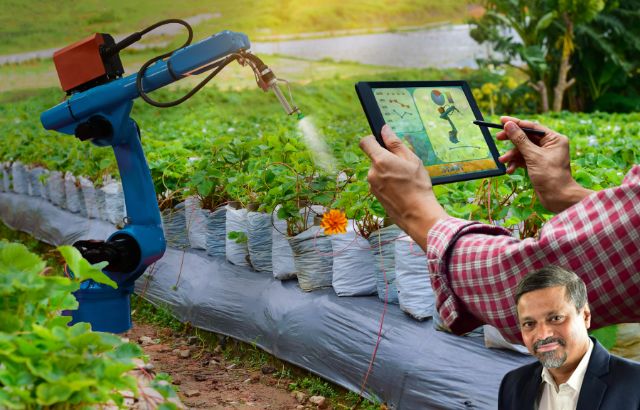
India’s agricultural sector faces several key challenges:
- Climate Change: Increasingly erratic weather patterns such as droughts, floods, and heatwaves are directly impacting crop yields and threatening food security.
- Depleting Natural Resources: Overuse of water and soil degradation are leading to declining agricultural productivity in many regions.
- Lack of Modernization: A large portion of the farming community still depends on traditional methods, which often result in inefficiency and suboptimal use of resources.
These challenges, while significant, also present an opportunity for transformation. With the right strategies, India can turn these challenges into opportunities for growth, sustainability, and innovation.
Technology: The Key to Modernizing Indian Agriculture
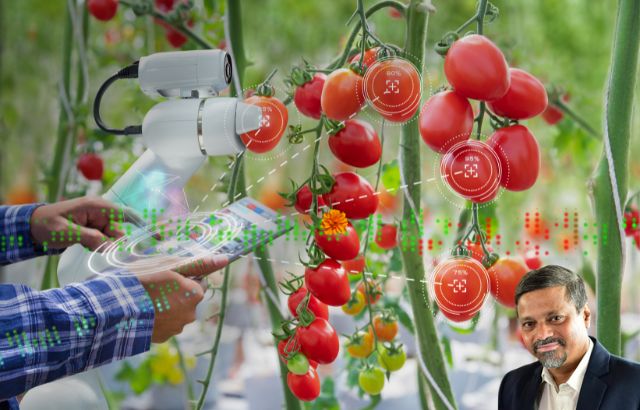
Technology is playing an increasingly pivotal role in reshaping Indian agriculture. Jaiguru Kadam emphasizes that leveraging modern technological tools is crucial to overcoming the obstacles faced by farmers today. Innovations such as precision farming, Artificial Intelligence (AI), and mobile-based platforms are helping farmers maximize yields, reduce input costs, and increase sustainability.
Precision Agriculture: The use of drones, satellite imagery, and soil sensors enables farmers to monitor crops, track soil health, and make real-time decisions that optimize water, fertilizers, and pesticides. This not only improves efficiency but also reduces environmental impact.
Example:
In Punjab and Haryana, farmers are using GPS-guided tractors and drones for accurate crop monitoring, reducing resource wastage and improving productivity.
Artificial Intelligence and Data Analytics: AI is helping farmers predict pest outbreaks, optimize irrigation schedules, and choose the best crops for specific climates. These insights help reduce the reliance on guesswork and make farming decisions more data-driven.
Example:
Startups like AgNext are utilizing AI to test produce quality, enabling farmers to fetch better prices by ensuring their crops meet market standards.
Mobile Apps and Platforms: Numerous apps are now available to provide farmers with crucial information on weather patterns, soil health, crop management, and market prices. These tools are empowering farmers, especially in remote areas, to access critical resources that were once unavailable to them.
Example:
The KisanSuvidha app, developed by the Indian government, offers farmers real-time information on weather, pest control, and insurance schemes, helping them make better decisions.
Sustainability: Paving the Way for a Greener Tomorrow
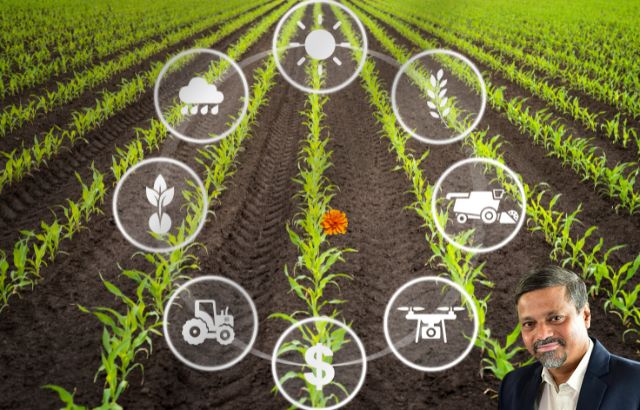
As India strives for growth, sustainability is becoming a central theme in its agricultural transformation. Jaiguru Kadam firmly believes that embracing sustainable farming practices will be key to the sector’s long-term success. The country is increasingly adopting eco-friendly methods that protect the environment, conserve resources, and ensure food security.
Organic Farming: India is rapidly expanding its organic farming practices, which not only benefit the environment but also cater to growing consumer demand for healthier food. States like Sikkim and Uttarakhand are leading the way, with Sikkim becoming the first fully organic state in India.
Example:
Sikkim’s transition to organic farming has not only improved the quality of crops but has also boosted the incomes of local farmers by tapping into niche markets.
Agroforestry and Crop Diversification: By integrating trees with crops, agroforestry improves soil health, conserves water, and provides additional sources of income. Meanwhile, crop diversification reduces the financial risks associated with dependence on a single crop.
Example:
Farmers in Kerala are increasingly adopting agroforestry by growing coconut trees alongside banana and pepper plants, improving yields and reducing ecological impact.
Water Management Solutions: With water scarcity being a critical issue, innovative water management practices such as drip irrigation, rainwater harvesting, and watershed management are helping optimize water use in agriculture.
Example:
Drip irrigation systems in Gujarat and Andhra Pradesh have dramatically improved water efficiency, helping farmers conserve water while increasing crop yield.
Agritech Startups: Empowering Farmers with Innovation
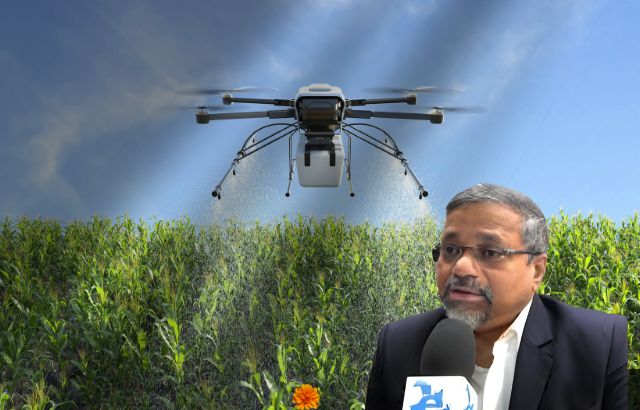
India’s burgeoning Agritech sector is providing solutions that address the pain points faced by farmers. Jaiguru Kadam, who closely follows technological advancements in agriculture, sees Agritech as a vital catalyst for change. From improving market access to offering financing options, these startups are transforming how agriculture is practiced and how farmers do business.
Supply Chain Optimization: Agritech startups are helping bridge the gap between farmers and consumers, reducing dependency on middlemen, ensuring better prices for farmers, and minimizing post-harvest losses.
Example:
Ninjacart, an agritech company based in Bengaluru, connects farmers directly with retailers and consumers, optimizing the supply chain and reducing food wastage.
Farmer Financing and Insurance: Access to credit and insurance has been a challenge for smallholder farmers. Agritech startups are addressing this by providing financing options based on farm data, which helps farmers access loans and insurance products tailored to their needs.
Example:
Samunnati, an agritech company, offers financial solutions to smallholder farmers, enabling them to access credit and grow their farming operations.
Government Initiatives: Supporting the Agricultural Revolution
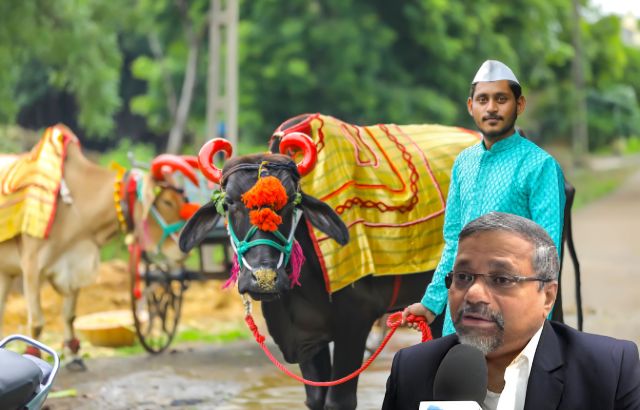
The Indian government has rolled out several schemes and initiatives to modernize agriculture, improve productivity, and ensure farmer welfare. These initiatives are creating an environment where innovation can flourish. Jaiguru Kadam believes that these government efforts, in combination with private sector innovation, will help India’s agriculture sector thrive.
- Pradhan Mantri Krishi Sinchayee Yojana (PMKSY): This program aims to improve irrigation infrastructure across the country, with a focus on water-use efficiency. It promotes techniques like drip irrigation and sprinkler systems, ensuring that water is used efficiently.
- Soil Health Management: Under the Soil Health Management (SHM) program, farmers are encouraged to conduct soil tests and use the right fertilizers to maintain soil fertility and improve crop yields.
- Faster Adoption of Integrated Cropping Systems (FAICS): The government is promoting crop diversification to mitigate risks from climate change, pest infestations, and market fluctuations.
The Potential of Organic and Export-Oriented Agriculture
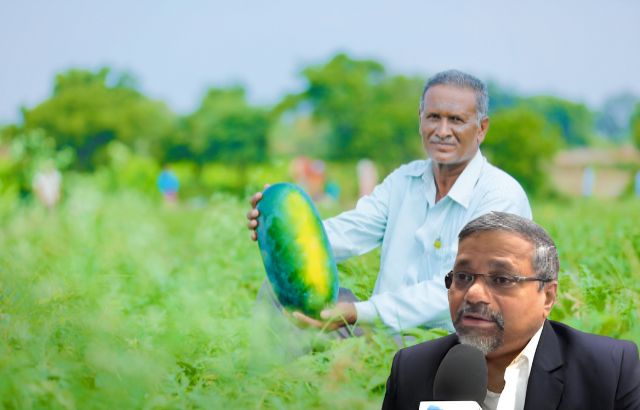
India’s agricultural future is not just about feeding its own population—it is also about becoming a leader in global food production. The demand for organic and sustainable food products is rising globally, and India, with its diverse climate and rich agricultural heritage, has the potential to become a key player in the international market.
Example:
India is already the largest producer of organic cotton in the world and a major exporter of organic spices like turmeric, cardamom, and black pepper. This positions the country as a hub for organic produce, catering to both domestic and international markets.
Conclusion: A Bright Future for Indian Agriculture
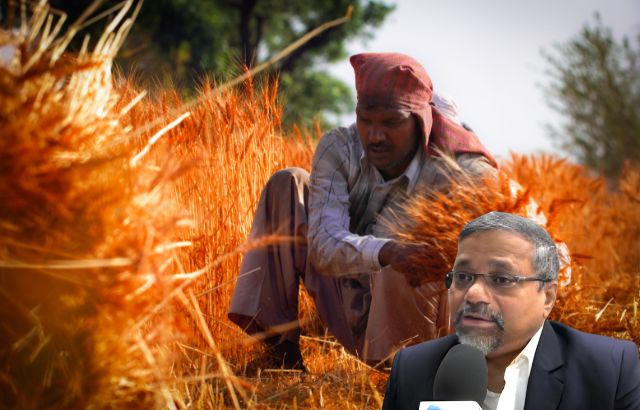
Jaiguru Kadam’s vision for Indian agriculture is one of innovation, sustainability, and empowerment. With technological advancements, sustainable practices, and the rise of Agritech, India is on the brink of an agricultural revolution. The integration of modern tools, along with supportive government policies and growing global demand for sustainable products, sets the stage for a prosperous future.
The journey toward a brighter agricultural future has already begun. India’s farmers, armed with the right knowledge, technology, and support, are ready to lead the world in creating a more sustainable and efficient agricultural sector. Through innovation, collaboration, and a commitment to sustainability, India can cultivate a thriving and sustainable agricultural future for generations to come.












